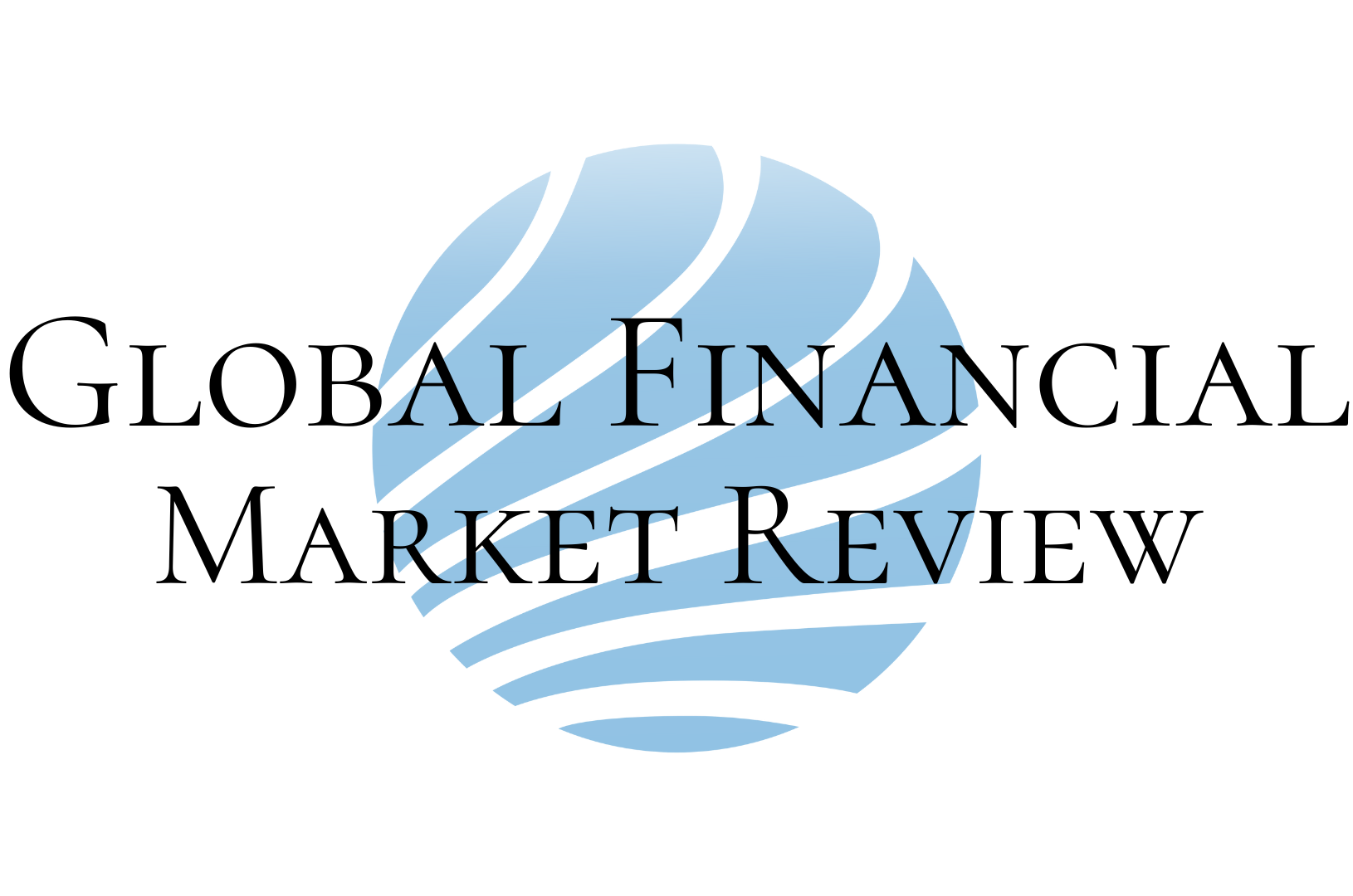A notable but fairly secretive mergers and acquisitions (M&A) deal in the recent time is the transfer of Diamond City project from Hoan Cau Group to Xuan Mai Investment & Construction Company (XMC). The value of the transfer was not disclosed but information from investors said that this deal could reach up to 120 million USD. This is the secured asset for the loan of Hoan Cau Group at Saigon Thuong Tin Commercial Joint Stock Bank (Sacombank) which was sold to the Vietnam Asset Management Company (VAMC) and now is being offered for sale to help reduce provision for risks and collect debts.
However, XMC is a familiar name for securities investors because the firm was once cancelled listing on the market to carry out restructuring. So how has XMC quickly reformed in order to carry out one of the most expensive M&A deal this year?
XMC is mainly operating in the fields of construction, construction materials and real estate business. However, the firm’s business results were not very bright in 2013-2015 period as the market was frozen and faced fierce competition. Only when it was thoroughly restructured, the situation has become better for XMC. Nevertheless, the pressure of repaying debts is the biggest risk for XMC. In 2016, the ratio of debts on total equity of XMC reached six times, while short-term payment ratio was only 1.19, putting great pressure on the firm’s liquidity. The question is that with such financial capacity, how XMC gathered capital to acquire the Diamond City super project of Hoan Cau Group?
Actually, behind XMC’s change is the role of new investors, accompanied by the capital shifts. In 2013, Vinaconex Corporation transferred 51 percent stake of XMC to Khai Hung Company Limited. In 2015, Khai Hung continued to transfer all of this amount of shares to Ngoc Mai Investment & Construction Company. Along with the change in ownership structure, XMC was continuously injected more capital to increase charter capital by 400 billion dong. It is known that both Ngoc Mai Company and Khai Hung Company are owned by Nguyen Duc Cu, vice Chair of Lien Viet Post Commercial Joint Stock Bank (LienVietPostBank) a member of Him Lam Group. According to the 2017 annual report of the firm, along with Commercial Joint Stock Bank for Investment and Development of Vietnam (BIDV), LienVietPostBank is the main sponsor for XMC’s activities.
Thanks to the strong financial support from banks and new shareholders, XMC has implemented a series of real estate projects, such as Xuan Mai Sparks Tower in Duong Noi, Hastone Tower in Ha Dong, and VOV Me Tri apartment project; acquired all apartments of Hanh Phuc Tower under Hanoi Paragon project or Him Lam Pho Co; and now it for the first time has entered the southern market with a 15 trillion dong project on the old land of Tu Huong. XMC expects to relist its shares in 2018. vice Chair of LienVietPostBank Cu hopes that in the near future, XMC will increase its competitive capacity in the market and further develop in the fields of construction and investment.
Selecting this point to penetrate in Hochiminh city, especially the southern area, of Cu is a fairly smart move. Analysts assessed that the southern area of Hochiminh city will continue to the focus of the market this year with numerous transport infrastructure projects to be implemented, along with the direction to expand the megacity to the East Sea. Many investors such Nam Long, Hung Thinh, Thang Loi Group, and Dream House, etc. are expecting to launch fairly huge projects, helping to increase the heat of the market in this area.
XMC’s “brother” Him Lam Corporation also wants to join the game as it has recently proposed Long An province to establish an open economic zone across Can Giuoc and Can Duoc districts with a total area of 32,300 hectares, including many functional subdivisions such as central urban area, ecological urban area, industrial park and seaport. If the real estate market is optimistic as expected, the profits of the above mentioned investors will be significant.
Diamond City is a project of Tran Thi Huong (Tu Huong) the late Chairwoman of Hoan Cau and adviser to Nam A Commercial Joint Stock Bank (NamABank). The project covers 14.3 hectares on the front of Nguyen Van Linh Street, adjacent to Phu My Hung urban area. Its location is one of the best in the southern area. The first phase of the project was officially started in 2016 by Coteccons but it is now still an empty land. The notable point is that Tu Huong and Duong Cong MinhChair of Sacombank and owner of Him Lam Group in the previous time had business relationships, typically the cooperation between 584 Traffic Construction Investment and Exploitation Joint Stock Company with Him Lam in developing Him Lam Riverside resident area (in Tan Hung ward, district 7).
According to information posted on the website of Company 584, its strategic shareholders include Hoan Cau Company Limited, Vietnam Machinery Installation Corporation (Lilama), and T&T Group. Tu Huong used to be the vice Chairwoman of Company 584. Hoan Cau Group and Company 584 had many plans to jointly develop many projects, including Diamond City.
In 2013, Company 584 borrowed 1.165 trillion dong from Sacombank to carry out Him Lam Riverside. This loan was secured by the property right arising from the business cooperation contract between the two parties. According to leader of Company 584 at the 2017 Annual general Meeting, the loan at Sacombank is actually a loan the company borrowed for Him Lam to share costs and benefits for the parties.
The problem is that although Him Lam Tan Hung project was completed construction and sold to customers for a long time, Company 584 has not received the planned interests, causing the loan at Sacombank to remain unpaid and the company became insolvency. In 2017, the projects of Company 584 were offered for sale by BIDV and Sacombank, although its shareholders have been demanded Him Lam to be more or less responsible for the current situation.
As of June 2017, Company 584 recorded an accumulated loss of up to 1.411 trillion dong with negative equity of 854 billion dong. “From 2011 until now, the company has not generated revenue, and the tax authority has coerced invoices and froze its account. The Hochiminh city People’s Committee does not allow the company to develop new projects”, Do Bien Thuy, Company 584′s general director talked to shareholders.
Resolution 42 of the National Assembly provides a powerful tools for banks to liquidate bad debts at market prices. Since becoming Sacombank’s leader, Duong Cong Minh has shown some merit in helping the bank cut 19 trillion dong of bad debts in 2017, bringing the bad debt ratio on balance sheet from 6.68 percent in the previous year to 4.28 percent.
Specifically, the above 20 trillion dong included the liquidation of assets to complement the debts (nearly 2.8 trillion dong), sale of debts at market prices (2.6 trillion dong), self-settlement of bad debts and receivables (over 14.2 trillion dong). Minh aims to reduce the bad debt ratio to 3 percent in 2018. In 2017, Sacombank’s pre-tax profit reached over 1.488 trillion dong, 9.5 times larger than the year before. In 2018, Minh set to attain 1.640 trillion dong of profit, equivalent to a 10 percent increase. Sacombank’s share (STB) has actively increased in price in the recent year, partly reflecting the confidence of investors in the return of a strong brand in the past. However, as analysed by Hochiminh city Securities Company (HSC), the business results of Sacombank entirely depend on the bad debt handling process, especially with the debts worth tens of trillion dong left by Southern Bank. Therefore, it is easy to understand why Sacombank has to look for factors like Xuan Mai to accelerate the settlement of bad debts and clean up the balance sheet.
In 2018, Sacombank may focus on handling the bad debts worth 10 trillion dong which Tram Be (former vice Chair cum Chair of Sacombank’s Credit Council) is responsible to deal with the bank. In case there are strategic shareholders buy the shares of Tram Be, the total settled bad debts will probably be nearly 30 trillion dong, including the year 2017. The remaining bad debts can be settled by public auction of land use rights and real estate assets, and sale of bad debts to VAMC.
Certainly, the positive recovery of real estate market is opening great opportunity for those hunting “potentially bad assets” at cheap prices. According to HSC, the ratio of debt recovery is expected to be high when the secured assets are sold. It may be higher than the normal level of 30-40 percent, especially when the real estate prices are rising.
According to Viet Capital Securities Company (VCSC), the debt recovery process of Sacombank may be boosted under Resolution 42 and the bank’s performance will be improved. As estimated, the interest income in 2018 of Sacombank will grow by 13.7 percent thanks to the possible credit growth of 14 percent.
However, there are some significant risks associated with asset quality during banks’ restructuring. In addition to the quantitative aspect, managers are advised to pay more attention to the bad debt settlement process at weak banks, because the shift of assets from one person to another in a related group may still cause the debt to remain, while the bank actually does not collect real money and that may cause numerous consequences to the economy. In fact, the tortuous selling and buying of bad debts is not a rare case in the world. Recently, Chinese Baking Supervision Commission has fined a local bank 722 million yuan for the creation of 1,493 virtual companies then provided credit worth 77.5 billion yuan to buy the problematic debts of the bank itself. In 2017 alone, over 1,800 banking institutions were fined 2.9 billion yuan by CBRC for violating the acts of buying and selling virtual assets.
In 2017, VAMC recovered 30.7 trillion dong of bad debts, only up by 2.7 trillion dong compared to 2016. In 2018, VAMC was assigned by the State Bank of Vietnam (SBV) to settle at least 140 trillion dong of bad debts, accounting for over 45 percent of the total outstanding debts it acquired. The pressure for the entire banking sector is almost four times higher than the previous year, and the market is now waiting to see how bankers will be able to handle this huge debt burden.


